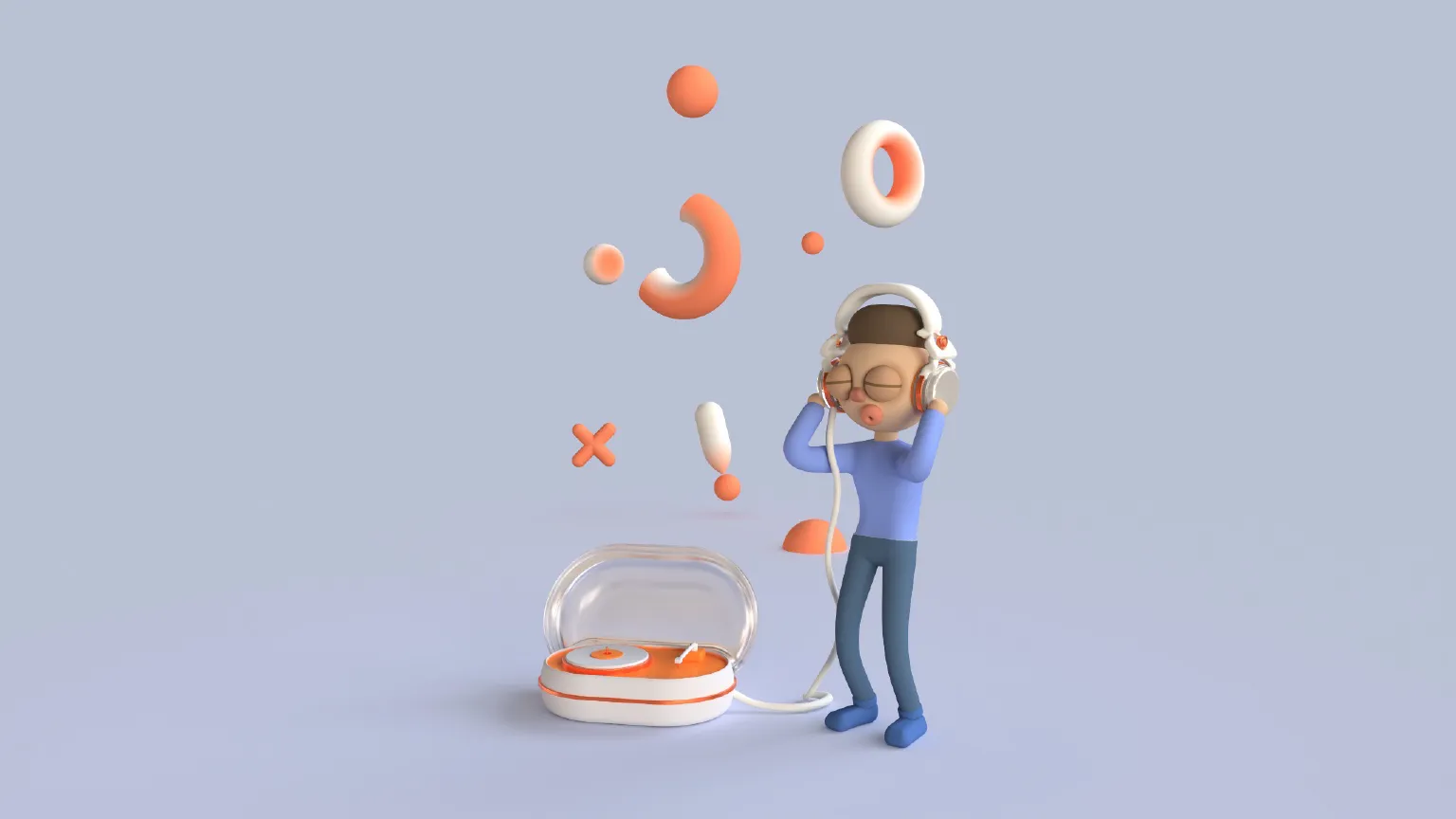
User research is an integral part of the design process that plays a crucial role in creating successful and effective products. It involves gathering insights and feedback from the users of a product to better understand their needs, goals, behaviors, and preferences. This information is then used to inform the design decisions and ensure that the final product meets the user's needs and expectations.
In this article, we will explore the importance of user research in design and why it is crucial to invest time and resources in this process.
User research helps designers understand their users better
One of the primary benefits of user research is that it helps designers gain a deep understanding of their users. By conducting research, designers can learn about their users' behaviors, motivations, goals, and pain points. This information is invaluable in helping designers create products that are tailored to the specific needs of their users.
For example, if a designer is creating a mobile app for fitness enthusiasts, they may conduct user research to learn more about their users' exercise habits, goals, and preferences. This information can then be used to design an app that offers features and functionalities that are relevant and useful to this particular user group.
User research reduces the risk of product failure
User research is an effective way to reduce the risk of product failure. By gathering feedback and insights from users early in the design process, designers can identify potential issues and address them before the product is launched.
For example, if a designer is creating a new e-commerce platform, they may conduct user research to understand how users navigate similar platforms, what features they find most useful, and what pain points they experience. This information can then be used to design a platform that addresses these pain points and offers features that users find valuable. By doing so, the designer can reduce the risk of users abandoning the platform due to poor user experience.
User research can lead to innovation
User research can also lead to innovation. By understanding their users' needs and pain points, designers can identify opportunities to create new and innovative products that meet those needs.
For example, if a designer is conducting user research for a travel app, they may discover that users find it difficult to plan multi-city trips. This insight could inspire the designer to create a new feature that makes it easier for users to plan and book multi-city trips. By doing so, the designer can differentiate their app from competitors and offer a unique value proposition to users.
User research helps designers create a user-centered design
User research is essential to creating a user-centered design. By gathering feedback and insights from users, designers can ensure that the final product is designed with the user in mind.
For example, if a designer is creating a new website for a bank, they may conduct user research to understand how users navigate the site, what information they need, and what tasks they are trying to accomplish. This information can then be used to design a site that is easy to navigate, provides the information users need, and offers features that make it easy for users to accomplish their tasks.
User research helps designers make data-driven decisions
User research is a data-driven process that provides designers with valuable insights and feedback. By collecting and analyzing data from users, designers can make informed design decisions that are based on evidence rather than assumptions.
For example, if a designer is creating a new messaging app, they may conduct user research to understand how users communicate with each other, what features they find useful, and what pain points they experience. This information can then be used to design a messaging app that addresses these pain points and offers features that users find valuable. By doing so, the designer can make data-driven decisions that are more likely to result in a successful product.
User research is an essential part of the design process that can lead to successful and effective products. By understanding the needs, behaviors, and preferences of users, designers can create products that meet their expectations and provide a positive user experience.
While some may view user research as an additional cost or time-consuming process, the benefits it offers far outweigh the initial investment. User research can help reduce the risk of product failure, increase user satisfaction, and even lead to innovation. It is a critical part of the design process that should not be overlooked.
As technology continues to evolve and user needs change, it is essential for designers to stay up-to-date with the latest research methods and techniques. By doing so, they can ensure that their products remain relevant and continue to meet the needs of their users.
In conclusion, user research is a vital component of the design process that can lead to successful and effective products. Designers who invest time and resources in user research can gain valuable insights into their users, reduce the risk of product failure, and create products that meet the needs of their target audience. As such, user research should be a top priority for any designer looking to create successful and effective products.